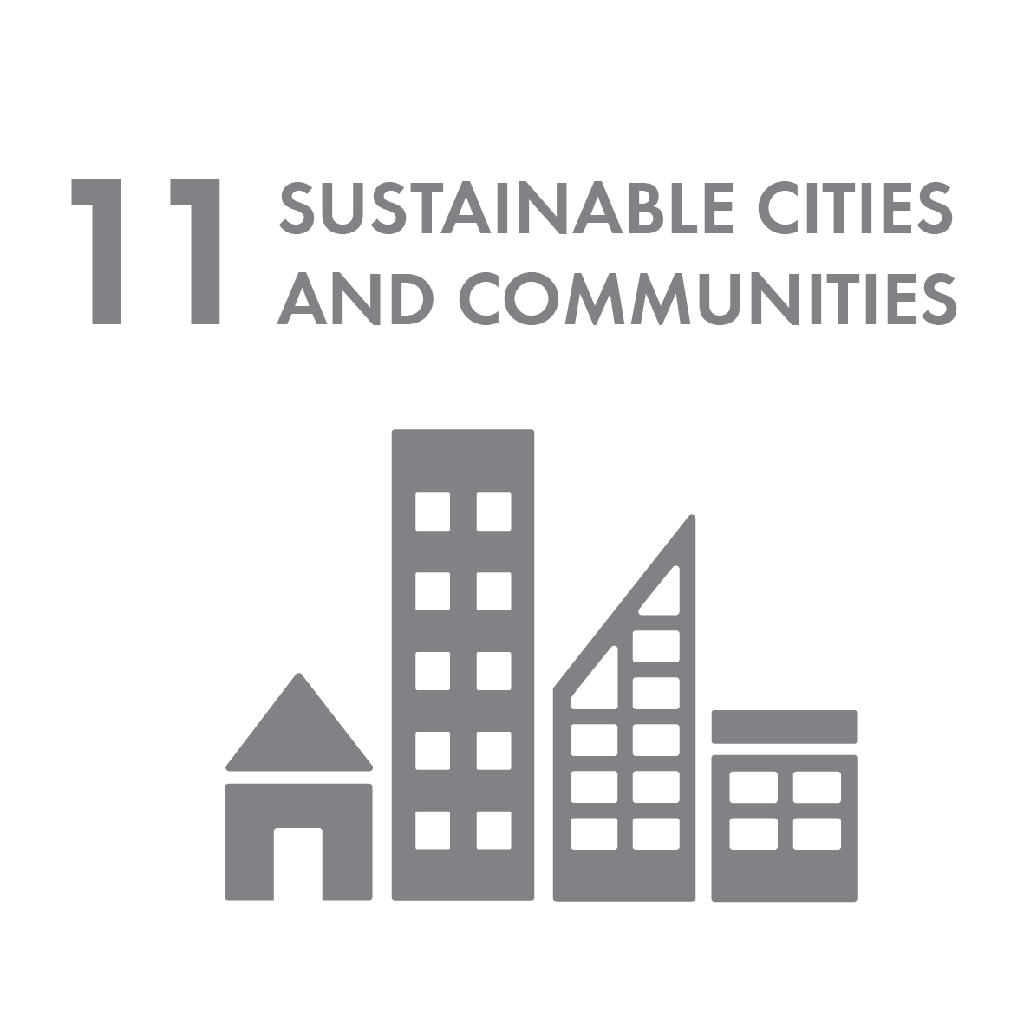Off-street parking

Off-street parking facilities contribute to the quality of life in urban areas. In our 2020 Materiality Analysis, liveability is considered the ninth most material topic.
Off-street parking facilities reduce the amount of traffic searching for a place to park, which, in turn, has a positive impact on emissions and air quality in city centres.
Wherever possible, we give the public space back to the community and enable people to use space as they see fit.
Off-street parking facilities create value for public and private landlords, commercial partners, citizens and motorists who recognise that off-street parking is an essential link in the mobility chain.
By investing in off-street car parks we help maintain accessibility of urban areas.
By offering off-street parking alternatives to motorists and cities, we help enhance urban liveability.
Because we are passionate about space and making towns and cities more liveable, we have introduced two new KPIs in 2020. This means we can monitor and report on the number of parking facilities we have under urban parks and town squares.
Urban parks
By constructing parking facilities under urban parks, we replace Grey for Green. We create green and public spaces for people, not cars, improving liveability for all as urban parks (green zones) help to fight pollution, encourage biodiversity in city centres, and are crucial to social cohesion.
Town squares
The public space in town squares is free of cars because parking is beneath the surface. This space can then be used by the local community for a wide variety of activities such as street cafés and restaurants, weekly markets, and events such as music festivals, culinary festivals and carnival parades.
Results
Of our owned and long-leased car parks (2020: 716);
More than half (2020: 374) are underground
More than 10% of them free up public space for other purposes
Urban parks: 14
Town squares: 25
Article: Can we replace grey with green? Yes we can!
Article: Passionate about space.


With off-street parking we contribute to SDGs 9 and 11.
